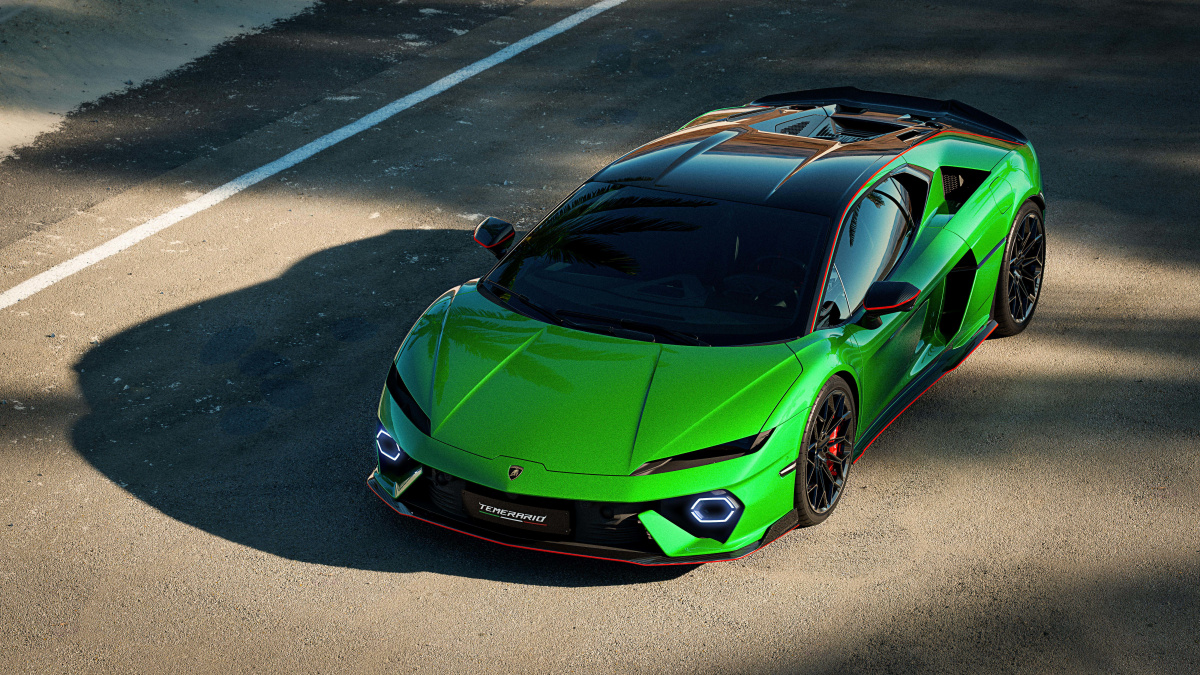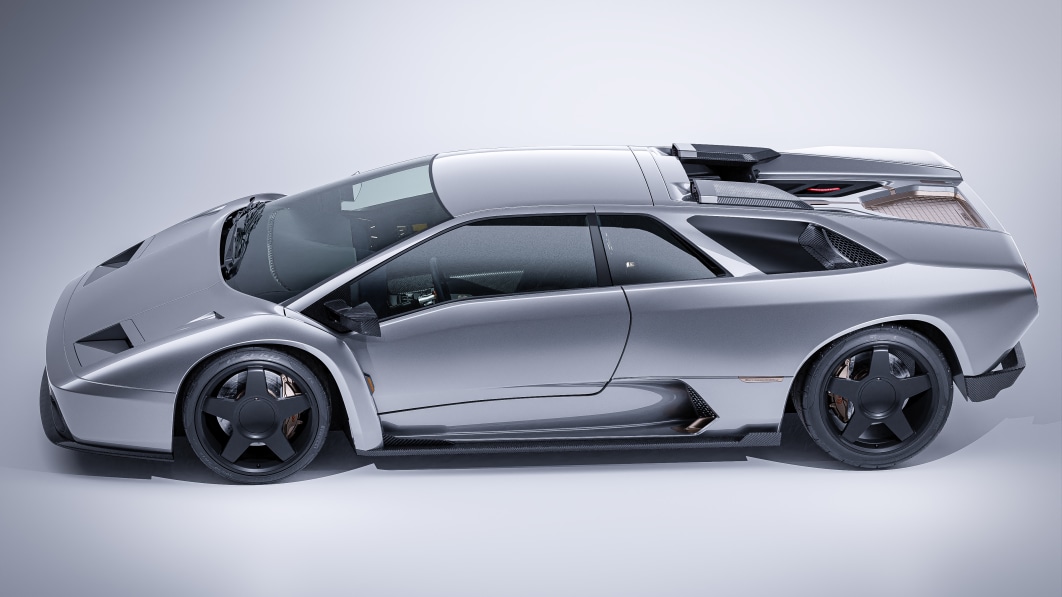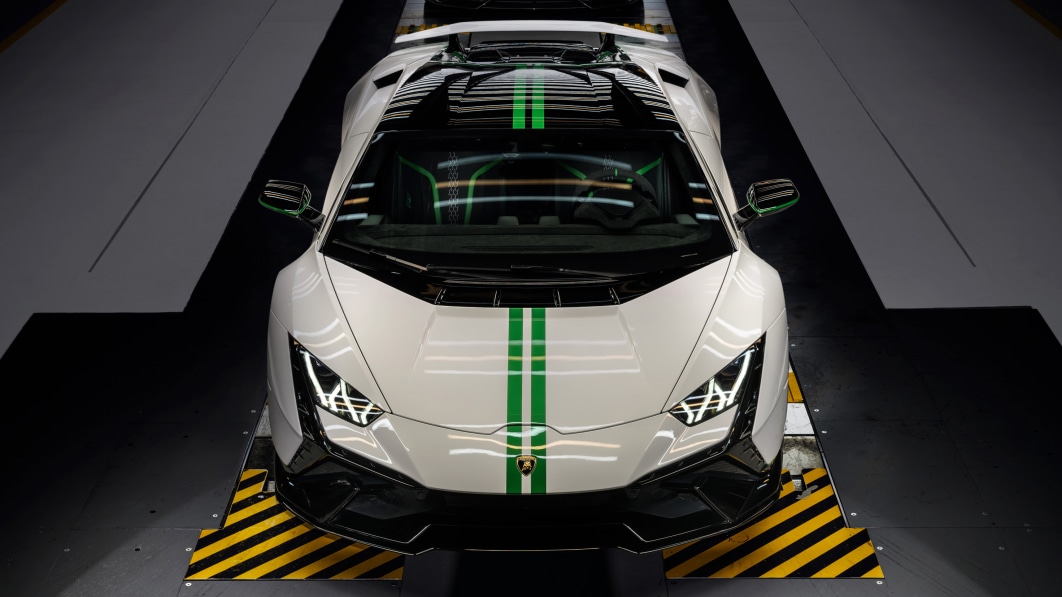The Lamborghini Termerario configurator is up and ready for your imagination with six categories of customization: Paint, Wheels, Roof, Details, Carbon and the lightweight Alleggerita Package. Problem is, the configurator doesn’t show pricing, making it tough to know how much you’ll need to plunder your offshore account to bring the Italian PHEV home. Lamborghini Talk has the solution (via CarBuzz), a thread at the Sant’Agata-focused forum posting a price list for standard, special and Ad Personam options. Starting with the base price, MSRP has been set at $357,621, about $24,000 above the Huracan STO. There will be another roughly $4,000 for destination, for a subtotal of $361,621, and that doesn’t count the gas-guzzler tax, so add another couple grand due to thirst — say an even $365,000 before making the coupe your own expression.
The big money option before getting into one-off exclusives is the Alleggerita Package. This can cut as much as 55 pounds from the curb weight thanks to a front splitter, side skirts, and engine cover made in carbon fiber reinforced plastic, plus door cards and a passenger footrest in carbon fiber, polycarbonate side windows, and lighter rear glass. Created for weight weenies likely to track their cars, the bundle also comes with a rear spoiler that creates more downforce. If added to a Temerario with a simple gloss or matte paint job, the Alleggerita Package costs $45,000. If added to a coupe with one of the so-called Livery Colors that combines a main and an accent color, cutting weight costs $78,600. Buyers can spec a carbon splitter and diffuser separately without going all-in on the package, as well as carbon mirror caps and intakes. Strangely, carbon fiber wheels aren’t part of the weight shaving, they’ll need another $26,200 as an a la carte choice.
Speaking of paints, they run from seven free colors to five metallics and three pearl finishes for $9,600, five matte hues for $12,000, a large number of Ad Personam color families in various finishes that range from $13,900 to $16,500, and the custom Ad Personam Request colors in three finishes that start at $23,600 and max out at $32,700. Yet again, in the piecemeal way of detailed personalization, buyers can add accent colors everywhere from the roof to the Velador Forged wheels. A livery accent color demands another $13,100, yellow accents on those forged rims need another $6,600.
As far as we can tell, the price list is in line with Huracan option prices. A window sticker for a 2022 Huracan STO purchased at Marshall Goldman Motor Sales in Cleveland, Ohio shows upgrades like a $19,600 Blu Metallic paint job, a $6,000 Contrast Pack, and a $37,800 Full Livery Exterior Pack, another $8,100 for “Color according to,” plus $2,000 for Exterior Contrast Color Ad [Personam]. That’s more than $70,000 just in paint, two years ago. The Temerario is more standard operating procedure.
If you’ve waited this long to get an order in, you might end up waiting some time to see your fancy come to life. CEO Stephan told us during Monterey Car Week, “This year is going in a perfect way, we had another record first six months in 2024. So if things are going ahead like this, the year 2024 will be a very good one for Lamborghini.”





















